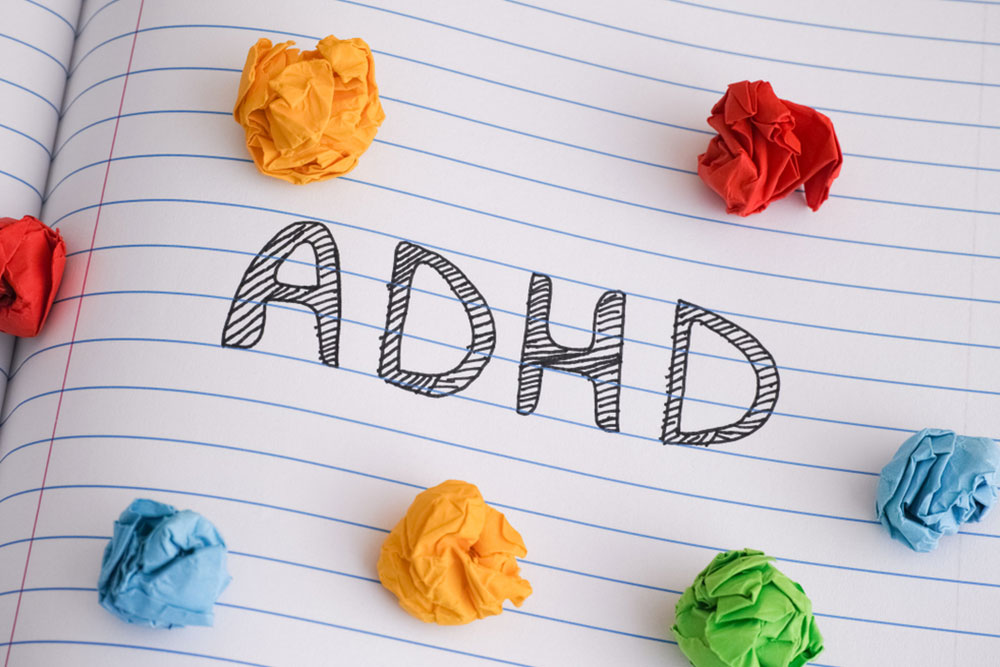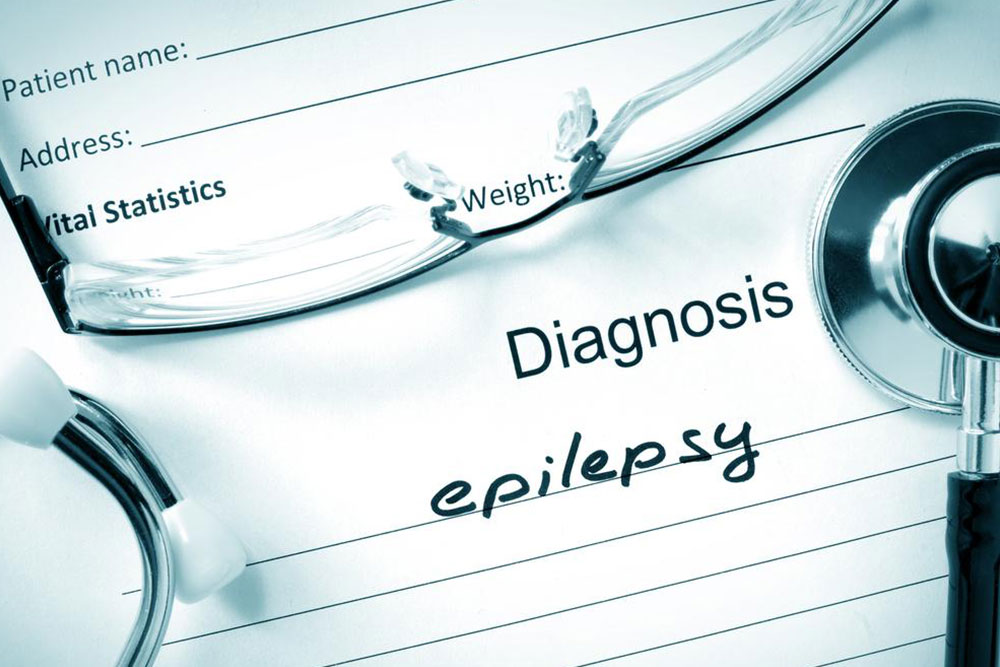Essential Insights into Stroke Awareness and Management
This article offers crucial insights into stroke causes, symptoms, and treatment options, emphasizing the importance of early recognition and timely medical intervention to improve recovery prospects. Understanding risk factors and emergency responses can save lives and reduce long-term disabilities.

Essential Insights into Stroke Awareness and Management
Stroke has emerged as a leading health threat worldwide, often resulting in sudden and severe health crises. It occurs when blood flow to the brain is interrupted, either due to clot formation or bleeding. This deprivation or excess of blood causes damage or death to brain cells, resulting in a medical emergency known as a stroke.
Causes of Stroke
Strokes are primarily caused by two factors: blockage or bleeding within brain blood vessels. A narrowing of arteries from fatty deposits can block blood flow, while rupture of small vessels can lead to bleeding in the brain, both impairing normal brain functions.
Symptoms of a stroke can strike suddenly, often without warning. Recognizing early signs and seeking immediate medical attention can save lives. Common symptoms include vision issues, weakness or loss of movement, intense headaches, vomiting, numbness, and coordination difficulties. The severity of symptoms can escalate quickly as the condition worsens.
Key warning signs include:
Facial drooping or asymmetry
Unilateral arm weakness or inability to lift
Slurred speech or difficulty speaking
If these symptoms are observed, prompt medical care is crucial. Early treatment improves recovery odds, as about half of stroke cases are treatable if addressed swiftly. Risk factors such as obesity, age, gender, substance abuse, ethnicity, and family history increase stroke risk, emphasizing the importance of proactive health management.
Stroke Treatment Options
Managing a stroke involves various medical interventions. For ischemic strokes caused by blood clots, clot-dissolving medications like tissue plasminogen activator (tPA) administered intravenously within a 4.5-hour window significantly enhance survival chances. Thrombolysis, a direct application of medication via catheter, is also employed.
Hemorrhagic strokes require different approaches, including emergency treatments like anticoagulant medications (e.g., warfarin), blood pressure control, and surgical procedures. Surgical options, such as vessel repair, clipping, or removing arteriovenous malformations, are often necessary to stop bleeding and repair damaged vessels.
Important Reminder: Early detection and swift intervention are vital in stroke management. Consulting healthcare professionals immediately when symptoms appear can dramatically improve outcomes and reduce long-term disability risks.
Disclaimer: Our blog provides general health information based on current research. It is not a substitute for professional medical advice. Always consult your healthcare provider for diagnosis and treatment options tailored to your individual health needs.










